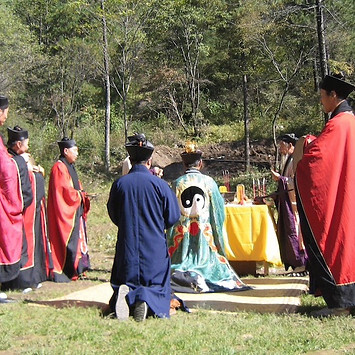Sustainable Development Goals
The Faith Plans programme supports the UN's Sustainable Development Goals which are a universal call to action to end poverty, protect the planet and improve the lives and prospects of everyone, everywhere. The 17 Goals were adopted by UN member states in 2015, as part of the 2030 Agenda for Sustainable Development, which set out a 15-year plan to achieve the Goals
'A blueprint to achieve a better and more sustainable future for all people and the world by 2030'
~ UN SDG Mission Statement, 2015
What are the Sustainable Development Goals?
There are 17 Sustainable Development Goals (SDGs), and Seven Key Areas within the Faith Plans framework. The SDGs are a universal call to action to end poverty and improve our world. The Faith Plans respond to this call to action by providing a framework for faiths to create practical plans of action, inspired by their own values and beliefs. These plans make a significant contribution to improving life for millions of people around the world.
These 17 goals, below, connect to the Seven Key Areas of Faith Plans.


End poverty in all its forms everywhere

End hunger and achieve food security

Ensure healthy lives and well-being

Ensure inclusive and equitable education

Achieve gender equality

Ensure water and sanitation for all

Access to clean energy for all

Sustainable livelihoods for all

Sustainable businesses

Reduce inequality in countries

Make cities and communities safe

Ensure sustainable use of resources

Take urgent action on climate change

Conserve the oceans and seas

Protect plant, forests and land

Promote peace
and justice

Support each other to
reach these goals
Sustainable development is the pathway to the future we want for all.
~ UN Secretary-General Ban Ki-moon
How do the Seven Key Areas relate to the SDGs?
Hover over the pictures below to see examples of how the Faith Plans connect to the SDGs.

Key Area One
For example:
-
Construction and buildings
-
Land and forests
-
Water
-
Wildlife/habitat protection
Faith-Consistent Use of Assets
SDG 6 - Clean Water
SDG 15 - Life on Land
relate to
1. Faith-consistent use of assets

Key Area Two
For example:
-
School curricula
-
Informal education
-
Nature trails
-
School eco-twinning
Education and young people
SDG 4 - Quality education
SDG 5 - Gender equality
relate to
2. Education and young people

Key Area Three
For example:
-
Stories and practices
-
Prayer and meditation
-
Sacred Places
-
Theology/philosophy of nature
Wisdom
SDG 15 - Life on Land
SDG 16 - Peace and justice
relate to
3. Wisdom

Key Area Four
For example:
-
Traditions of simple living
-
Pilgrimage & tourism
-
Nature protection
-
Purchasing power
Lifestyles
-
SDG8 - Sustainable livelihoods
-
SDG12 - Responsible consumption
relate to
4. Lifestyles

Key Area Five
For example:
-
Subject matter
-
Influence
-
Advocacy
-
Guides and handbooks
Media, advocacy & outreach
-
SDG15 - Protect our planet
-
SDG17 - Support each other
relate to
5. Media, advocacy & outreach

Key Area Six
For example:
-
Dedicated staff & funding
-
Lay people
-
Eco-twinning
-
Other partnerships
Partnerships, eco-twinning
-
SDG11 - Sustainable communities
-
SDG17 - Support each other
relate to
6. Partnerships, eco-twinning

Key Area Seven
For example:
-
Traditional festivals
-
New festivals
-
New traditions
-
New beautiful places
Celebration
-
SDG 3 - Good health and wellbeing
-
SDG 16 - Peace and justice
relates to

